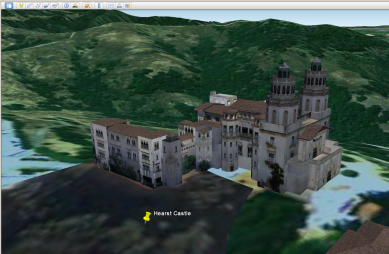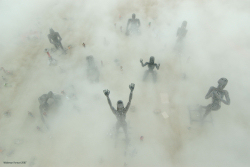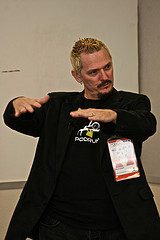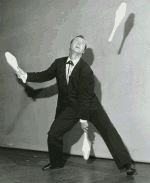 I think one reason I don’t post more often is that I have a sort of essay mentality when it comes to blogging. I tend to want to have a topic or a theme, and sometimes I’m either stuck for one or just too damned busy to put together something coherent or even god forbid artful.
I think one reason I don’t post more often is that I have a sort of essay mentality when it comes to blogging. I tend to want to have a topic or a theme, and sometimes I’m either stuck for one or just too damned busy to put together something coherent or even god forbid artful.
I contrast this with the more confessional, open-diary variety of blogging, which I seem to avoid (present entry excepted). Part of that is a concern for maintaining some separation between my professional and private life. Part of it is a conviction that no one is interested in the trivial and quotidian events of my life (which is one reason I simply don’t understand either end of the Twitter transaction).
In any case, I’m stepping outside the usual thematic bounds of my blog to talk in my oh-so-meta way about what sorts of things are going on that have kept me from being a Good and Faithful Blogger.
After getting back from Seattle with the more-or-less-finished ELEGY BEACH Google Earth maps I spent the next three days really finishing them up — adding relevant novel text and pictures to the popups, adjusting locations to conform more closely with the text, etc. The map is online now, and it’s friggin unbelievable. The ARIEL and ELEGY BEACH maps also work on the latest version of the Google Earth app for iPhone, too. Friggin unbelievable redux.
At my agent’s request I am revising my latest novel before submitting it. I’m pissed off at having to do it, mostly because my agent is right. I’ve worked on this novel for a long time, and part of me dreads diving back into it while another part of me relishes the chance. I love this book a lot, which is great in terms of passion, but not so good in terms of being able to maintain a necessary cold distance. I had that distance on ELEGY BEACH, and I don’t think it’s a coincidence that it was also the best publication experience I’ve ever had.
I have also started another Change novel. I admit I am a little surprised by this. You will be, too, as it isn’t the book that anyone is expecting would follow on the heels of ELEGY BEACH. I’ve learned to shut up and let the thing that wants to write have its say, since arguing with it only makes the inevitable a much more rocky ride anyhow.
I’ve been asked for stories in two collections and have gotten underway on those. I’m excited about this, because short stories are my first love, and I miss writing them terribly. (Though maybe I have always written them terribly, yukkity yuk.) Believe it or not I used to only write short stories and swore I’d never write a novel. Since I have literally made two careers out of things I swore I’d never do, I think perhaps I should swear never to be a hugely popular, NY Times-bestselling author with a DJ career involving stadium gigs. There, I’ve said it, and by golly I intend to stick to it.
I am talking to a Very Large Corporation about sponsorship for my Podrunner podcast. If it goes, it’ll be a perfect match.
My wife and I are finally doing something about moving out of Los Angeles and hope to be in new digs around February. My love affair with this city ended some years back, I’m afraid. We just grew apart, is all. It happens. L.A. will be fine without me. And vice versa. I’ve been househunting out of town a few weekends in the last month.
There’s a ton more going on, of course — there always is — so I’m getting back to it right now. I hope everyone is having a good holiday season.
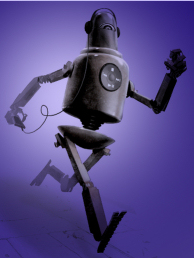
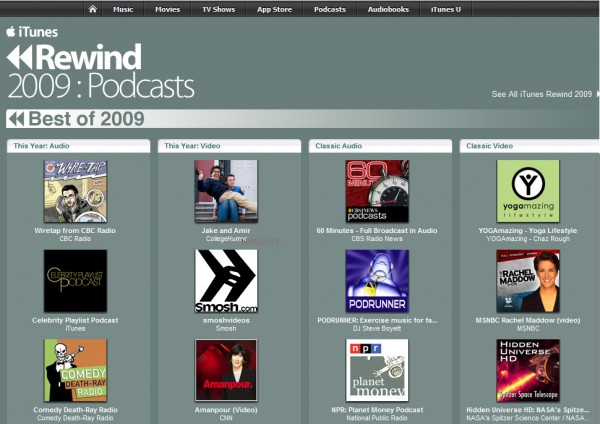
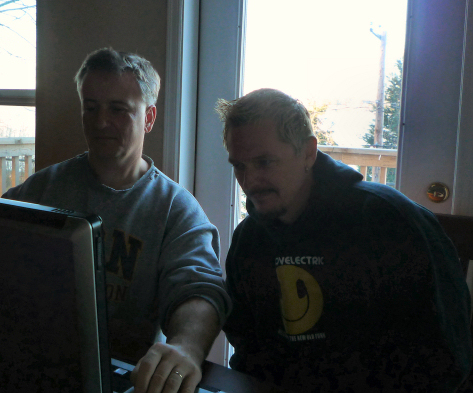 I’m in Seattle till Thursday, working with my friend Adrian Smith (polymath IT genius whiz who has also been a guest DJ on my
I’m in Seattle till Thursday, working with my friend Adrian Smith (polymath IT genius whiz who has also been a guest DJ on my 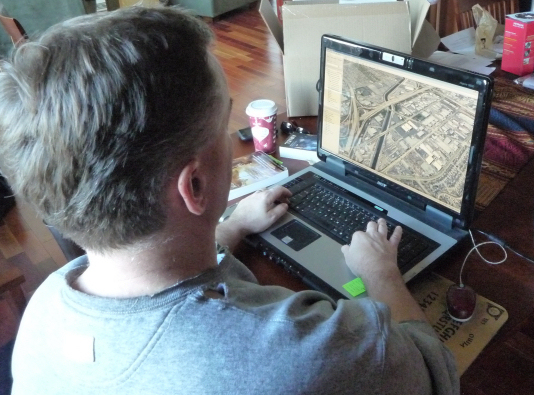 You’re even more able to use it because we have worked very hard to provide you with custom downloadable Google Earth maps that delineate locations, tour them, link to online pictures of landmarks, and include relevant text from the novels. You really can tour the Del Mar racetrack that dominates the first section of ELEGY BEACH. You really can fly the hang-gliding route in ARIEL. You really can go on the Goodyear blimp ride at appropriate altitude between Carson, California, and the Tejon Pass. The accuracy and detail astonish me. Maybe you’re young enough to take this stuff for granted. I’m old enough to be amazed by it.
You’re even more able to use it because we have worked very hard to provide you with custom downloadable Google Earth maps that delineate locations, tour them, link to online pictures of landmarks, and include relevant text from the novels. You really can tour the Del Mar racetrack that dominates the first section of ELEGY BEACH. You really can fly the hang-gliding route in ARIEL. You really can go on the Goodyear blimp ride at appropriate altitude between Carson, California, and the Tejon Pass. The accuracy and detail astonish me. Maybe you’re young enough to take this stuff for granted. I’m old enough to be amazed by it.